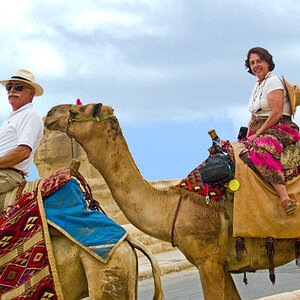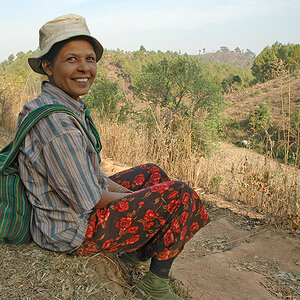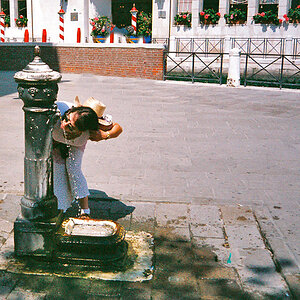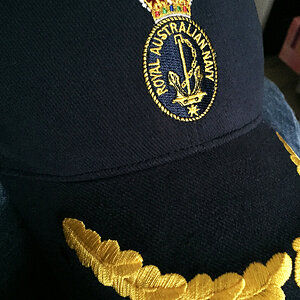grandioso
TPF Noob!
- Joined
- Jan 7, 2015
- Messages
- 7
- Reaction score
- 1
- Can others edit my Photos
- Photos OK to edit
Hey guys.
I'm not a photographer. I'm an author / entrepreneur. I've worked with Photoshop, but that's all. I'm currently working on a cookbook and I want it to look nice and professional. I own a GoPro3+ Black and a Nexus 5, which is not exactly pro equip.
I've been thinking about outsourcing all the photographing and just paying a one time fee to the photographer. The one I've talked to is not a pro and I've been thinking...
I would likely pay a couple of hundred euros for the photos and there's no guarantee they would be up to par. It would also be awkward to work out, as I'd need to prepare most of the foods and she would have to come over, or we'd need to cook at her place. Either way, this kind of thing can't be done in one or two (or even a dozen) sittings. I would also like the photos to be coherent and be shot in the same environment.
So I thought I might as well invest the money in a semi-decent camera and take the photos myself, at home. This way I can do it calmly and whenever I want.
So my question is... do you think this can be done by me (a non photographer willing to learn)? How much do I need to spend on a camera to make decent food pics? What kind of camera / lens would you recommend? Do I need any other equip to take decent food pics at home?
Honestly, I would like to keep the budget around 500€. Obviously, after I'm done with this project, I would still like to keep the camera.
Thanks for the advice.
I'm not a photographer. I'm an author / entrepreneur. I've worked with Photoshop, but that's all. I'm currently working on a cookbook and I want it to look nice and professional. I own a GoPro3+ Black and a Nexus 5, which is not exactly pro equip.
I've been thinking about outsourcing all the photographing and just paying a one time fee to the photographer. The one I've talked to is not a pro and I've been thinking...
I would likely pay a couple of hundred euros for the photos and there's no guarantee they would be up to par. It would also be awkward to work out, as I'd need to prepare most of the foods and she would have to come over, or we'd need to cook at her place. Either way, this kind of thing can't be done in one or two (or even a dozen) sittings. I would also like the photos to be coherent and be shot in the same environment.
So I thought I might as well invest the money in a semi-decent camera and take the photos myself, at home. This way I can do it calmly and whenever I want.
So my question is... do you think this can be done by me (a non photographer willing to learn)? How much do I need to spend on a camera to make decent food pics? What kind of camera / lens would you recommend? Do I need any other equip to take decent food pics at home?
Honestly, I would like to keep the budget around 500€. Obviously, after I'm done with this project, I would still like to keep the camera.
Thanks for the advice.
Last edited:



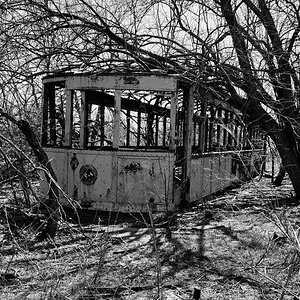
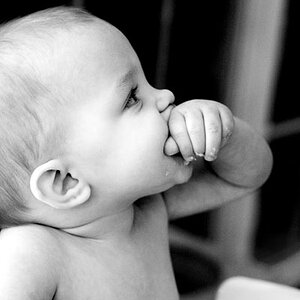
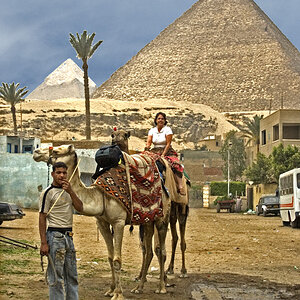
![[No title]](/data/xfmg/thumbnail/31/31978-02cde49248ebdf1b82fba5c899e08378.jpg?1619735136)
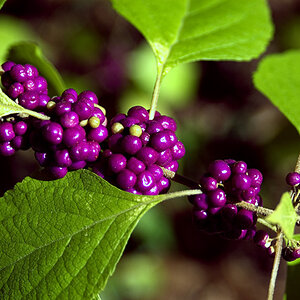
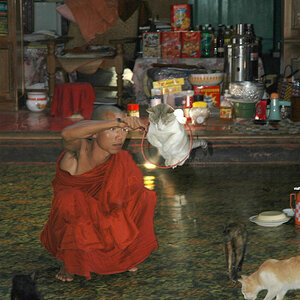
![[No title]](/data/xfmg/thumbnail/34/34073-71bff52a53b8313ff2bcccab6b05f9b8.jpg?1619736266)
![[No title]](/data/xfmg/thumbnail/34/34070-2a43e701f983f62ada1c66a54d00be4e.jpg?1619736266)
